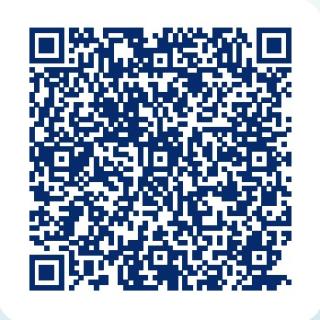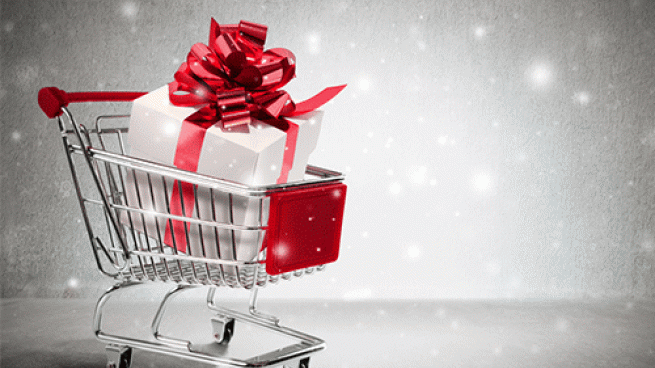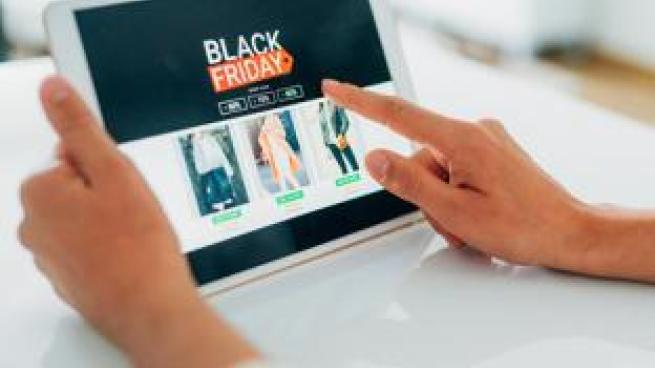Unlocking the Future of Retail: The Power of 2D Barcodes

For almost half a century, one-dimensional (1D) barcodes have served as the backbone of retail, facilitating inventory tracking and point-of-sale transactions.
The classic barcode, scanned an estimated 10 billion times a day, allows retailers to streamline operations, enhance pricing accuracy, and track product movements with ease, but industry needs are evolving. In an era of growing demand for greater product information transparency, traceability and authentication, it’s clear that innovation is not just an option, it’s a necessity for brands and retailers to remain competitive.
Within the next decade, industry will transition from 1D barcodes as brands replace it with the next generation of barcodes – two-dimensional (2D) barcodes, or more familiarly, QR codes, a newer innovative tech solution aimed at enhancing consumer shopping experiences and organizational operations.
Modern 2D barcodes offer a more versatile solution capable of storing a wealth of data in a small square matrix that can deliver product information directly to consumers from a simple smartphone scan.
The Transition to Next-Level Consumer Engagement and Retail Innovation
While the legacy 1D barcode is of little use to consumers after checkout, 2D opens the door to a new level of brand engagement and information sharing. Using a smartphone camera, consumers can instantly access highly detailed information on a product’s ingredients, allergens and nutrition, sustainability details, recipes or usage instructions.
This convenient interaction not only empowers consumers but also allows brands to provide richer, more immersive shopping experiences. Prominent brands, such as Puma, Pepsi and Procter & Gamble, already leverage this technology today. Procter & Gamble’s QR code allows consumers to access detailed product manuals, warranty extensions, and information for spare part ordering.
Meanwhile, Pepsi uses the same technology to offer loyalty reward programs, inform consumers of sustainability initiatives and educate them on their product’s recycling instructions. Puma, however, takes a different approach, leveraging the technology at point-of-sale for loss prevention.
From targeted marketing campaigns to inventory management and unparalleled supply chain visibility, 2D barcodes will prove to be an indispensable tool for businesses of all sizes. This is why the retail industry has committed to adding these codes to product packages in the next four years through an initiative called Sunrise 2027, facilitated by GS1 US.
2D barcodes will not only offer access to enhanced product information but also scan at point of sale, eliminating the need for multiple data carriers on limited package real estate.
The Bigger Picture: 2D Tackles Societal Challenges
The transition to 2D is coming at a pivotal time for the retail industry, and it will help tackle some of its most pressing challenges. With unparalleled access to a product’s sourcing, production, and transportation information, consumers can make more informed choices, considering the product details that matter most to them. This is especially critical at a time of rampant greenwashing and consumer commitment to more sustainable purchases.
According to KPMG data, three in four millennials say they’re willing to change their buying habits for eco-friendly products, but only 26% actually believe brands’ environmental and sustainable claims. As regulators and consumers continue to crack down on ESG and place higher scrutiny on business’ sustainability practices, 2D helps brands prove they’re putting their money where their mouth is.
But greenwashing isn’t the only concern 2D can help address. 2022 saw over 420 food recalls, and a 700.6% increase in product recalls compared to 2021, creating concerns for consumer safety. Complex recalls continue to plague the food industry today, from bacterial contamination to undeclared allergens and even unexpected ingredients such as metal, rocks and insects in our favorite foods.
With enhanced inventory tracking, supply chain visibility and traceability, 2D barcodes enable businesses to swiftly remove tainted products from the supply chain, mitigating financial, social and health impacts. They can also be used to provide crucial safety information and updates to consumers, allowing them to more easily assess if their purchases have been impacted and informing them of how to properly dispose of them.
The retail landscape is evolving, and 2D barcodes are the key to unlocking its full potential. The journey from 1D to 2D barcodes represents more than just technological progress. It signifies a profound shift in how consumers engage with products and how businesses operate in an increasingly competitive market. Embracing this innovation, collaborating across industry and continuing to explore new avenues are imperative as we navigate this dynamic and interconnected future of retail.





